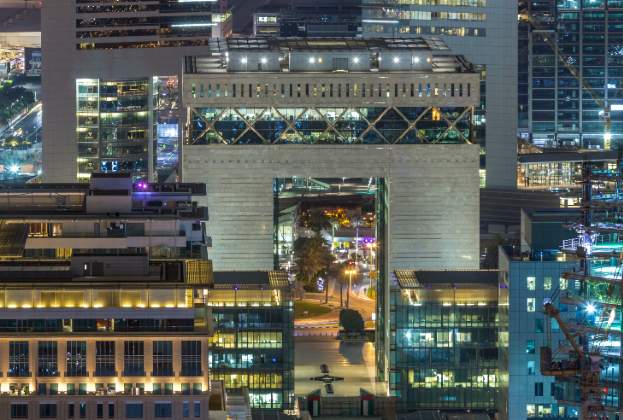ESG has rapidly moved to the top of the agenda for occupiers, coinciding with a boom in proptech solutions driven by Covid-19. This represents an area with huge potential as more and more companies strive to achieve ambitious targets. There are a myriad of options emerging but typically they start with data and how you interpret it. One much sought-after goal is having a digital platform with real-time data on environmental performance across an entire real estate portfolio. This enables decision-makers to implement more effective strategies to reduce their environmental impact, improve employee wellbeing and productivity, and reduce operating costs.
The first challenge that occupiers must overcome when looking to measure their sustainability performance is aggregating their meter level data into a single platform. In many cases buildings are simply not advanced enough and much is still done by manual meter readings and spreadsheets. While this is a relatively straightforward process if companies only occupy a few properties, for those with larger and international portfolios this becomes a very time-consuming process with a high chance of human error.
There are now products available that automate the collection and aggregation of meter level sustainability data across a global portfolio and verify accuracy through anomaly detection software. This data is visualised in a centralised platform that allows companies to track real-time performance and set specific sustainability targets for each metric. Some even have the ability to quickly generate ESG reports specific to each of the main disclosure frameworks such as GRESB, CDP and TCFD.
While aggregating meter level sustainability data across a global portfolio into a single platform is a great first step for any occupier, this is not the most important data when it comes to reducing carbon emissions. Currently, 30 per cent of the average commercial building’s energy costs are due to needless energy use. In most cases, this is because the building’s heating, ventilation and air conditioning (HVAC) and lighting are run on a fixed system without any adaptation to real-time conditions in the office.
As a result of the Covid-19 pandemic, office occupancy has become an underrated dataset for reducing energy consumption and employers are trying to measure how their office space is now being used. With many employees now adopting a hybrid working pattern, office occupancy has varied and can be considerably lower on certain days. If companies can identify which areas of the office are not being used at certain times of the week, HVAC and lighting systems can be adjusted to minimise energy consumption during these periods.
This would significantly reduce companies’ carbon emissions across their entire portfolio with little impact on operations. Ceiling sensors are an anonymous and accurate proptech solution to detect building occupancy. Similarly, sensors that measure indoor air quality in offices allow occupiers to implement strategies to maintain and improve air quality that will directly benefit their employees' wellbeing and productivity.
Carbon accounting is beginning to make improving sustainability a necessity, but corporate obligations means it will also soon be required for improved employee wellbeing and productivity, attracting and retaining talent, and reputational and brand benefits.
The demand is growing and this is one of many solutions to the problems and opportunities that are being addressed by ESG and technology.





.jpg)

.jpg)


.jpg)